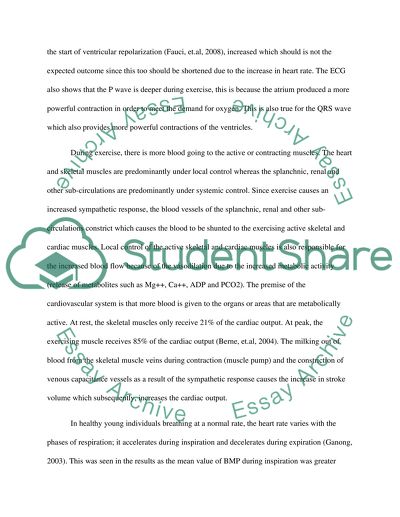Heart Circulation Lab Report Example | Topics and Well Written Essays - 750 words. Retrieved from https://studentshare.org/miscellaneous/1512815-heart-circulation
Heart Circulation Lab Report Example | Topics and Well Written Essays - 750 Words. https://studentshare.org/miscellaneous/1512815-heart-circulation.


